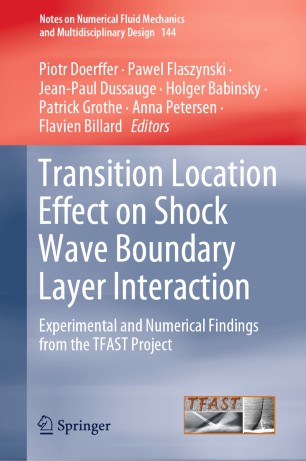

Most ebook files are in PDF format, so you can easily read them using various software such as Foxit Reader or directly on the Google Chrome browser.
Some ebook files are released by publishers in other formats such as .awz, .mobi, .epub, .fb2, etc. You may need to install specific software to read these formats on mobile/PC, such as Calibre.
Please read the tutorial at this link: https://ebookbell.com/faq
We offer FREE conversion to the popular formats you request; however, this may take some time. Therefore, right after payment, please email us, and we will try to provide the service as quickly as possible.
For some exceptional file formats or broken links (if any), please refrain from opening any disputes. Instead, email us first, and we will try to assist within a maximum of 6 hours.
EbookBell Team

0.0
0 reviewsThis book presents experimental and numerical findings on reducing shock-induced separation by applying transition upstream the shock wave. The purpose is to find out how close to the shock wave the transition should be located in order to obtain favorable turbulent boundary layer interaction.
The book shares findings obtained using advanced flow measurement methods and concerning e.g. the transition location, boundary layer characteristics, and the detection of shock wave configurations. It includes a number of experimental case studies and CFD simulations that offer valuable insights into the flow structure. It covers RANS/URANS methods for the experimental test section design, as well as more advanced techniques, such as LES, hybrid methods and DNS for studying the transition and shock wave interaction in detail. The experimental and numerical investigations presented here were conducted by sixteen different partners in the context of the TFAST Project.The general focus is on determining if and how it is possible to improve flow performance in comparison to laminar interaction. The book mainly addresses academics and professionals whose work involves the aerodynamics of internal and external flows, as well as experimentalists working with compressible flows. It will also be of benefit for CFD developers and users, and for students of aviation and propulsion systems alike.